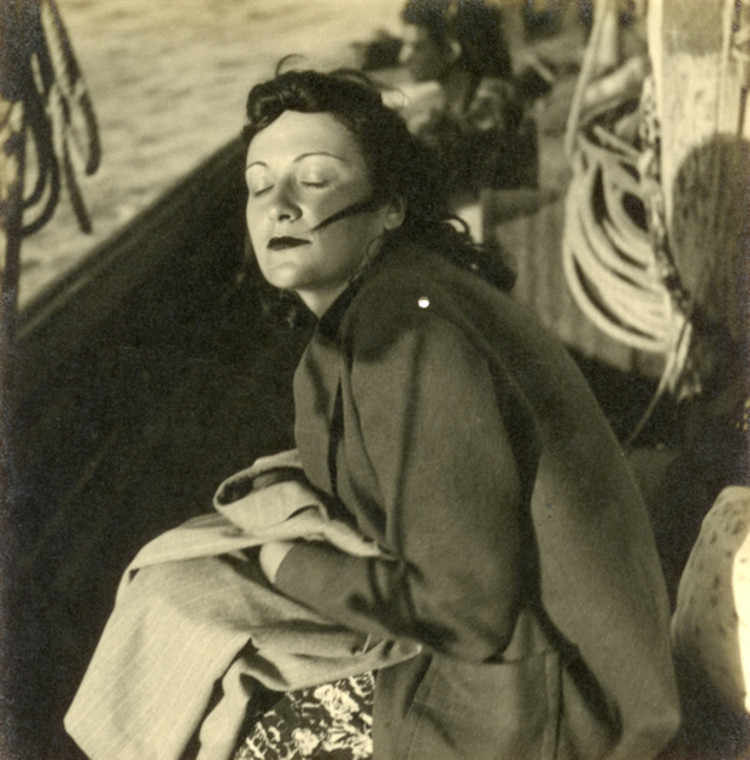
Lina Bo Bardi (December 4, 1914 – March 20, 1992) was one of the most important and expressive architects of 20th century Brazilian architecture. Born in Italy as Lina Achillina Bo, she studied architecture at the University of Rome, moving to Milan after graduation. In Milan, Bo Bardi collaborated with Gio Ponti, and later become editor of the magazine Quiaderni di Domus.
With her office destroyed in World War II Bo Bardi, along with Bruno Zevi, founded the publication A Cultura della Vita. As a member of the Italian Communist Party, she met the critic and art historian Pietro Maria Bardi, with whom she would move permanently to Brazil.

In Río de Janeiro, with its lush surroundings and modernist constructions, Bo Bardi began to assimilate these new influences, a process that would culminate when they moved to São Paolo. She began to study Brazilian culture from an anthropological perspective and was particularly interested in the convergence of art and popular tradition.

In 1950 she started the magazine Habitat, and in 1951 she designed her home, the Glass House, in Morumbi, Sao Paulo; the house is considered one of the paradigmatic works of rationalist art in Brazil. Later, in 1957, she began to construct the new home of the Museum of Art Sao Paulo (MASP), where she suspended the building above a 70-meter-long square.

Moving to Salvador in order to direct the Museu de Arte da Moderna da Bahia, Bo Bardi continued to design emblematic projects—including the restoration of the Solar do Unhão in 1940, the Chame-Chame House in 1964 the Sesc Pompéia in 1977, and the Teatro Oficina in 1984.

However, her work was not exclusive to architecture; she was also engaged in scenery production, art, furniture and graphic design. Bo Bardi passed away in 1992, with many ongoing projects left unfinished.

Architecture is created, 'invented anew,' by each man who attempts her, who roams her space, climbs a stair, rests on a balustrade, lifts his head to look, open, close a door, who sits down or gets up and makes intimate contact with—and at the same time create 'forms' in—the space [...] This intimate, fiery, contact, that which was perceived by man at the beginning, is today forgotten. Routine and communal places made man forget the natural beauty of 'moving in space,' of his conscious movement, of those little gestures…
– Lina Bo Bardi
See all of ArchDaily's coverage of Lina Bo Bardi and her work via the links below:
Radical Pedagogies: Lina Bo Bardi's Theory of an Immediate-Life-Architecture (1957)
Video: The Glass House / Workshop "filming architecture"
Lina Bo Bardi's Archive on Display at her Glass House in São Paulo
Architecture Photography: Lina Bo Bardi's 'Sesc Pompeia'
Arper Relaunches Lina Bo Bardi's Signature Bowl Chair
Concrete and Glass: Lina Bo Bardi's Easels and a New, Old Way of Displaying Art









